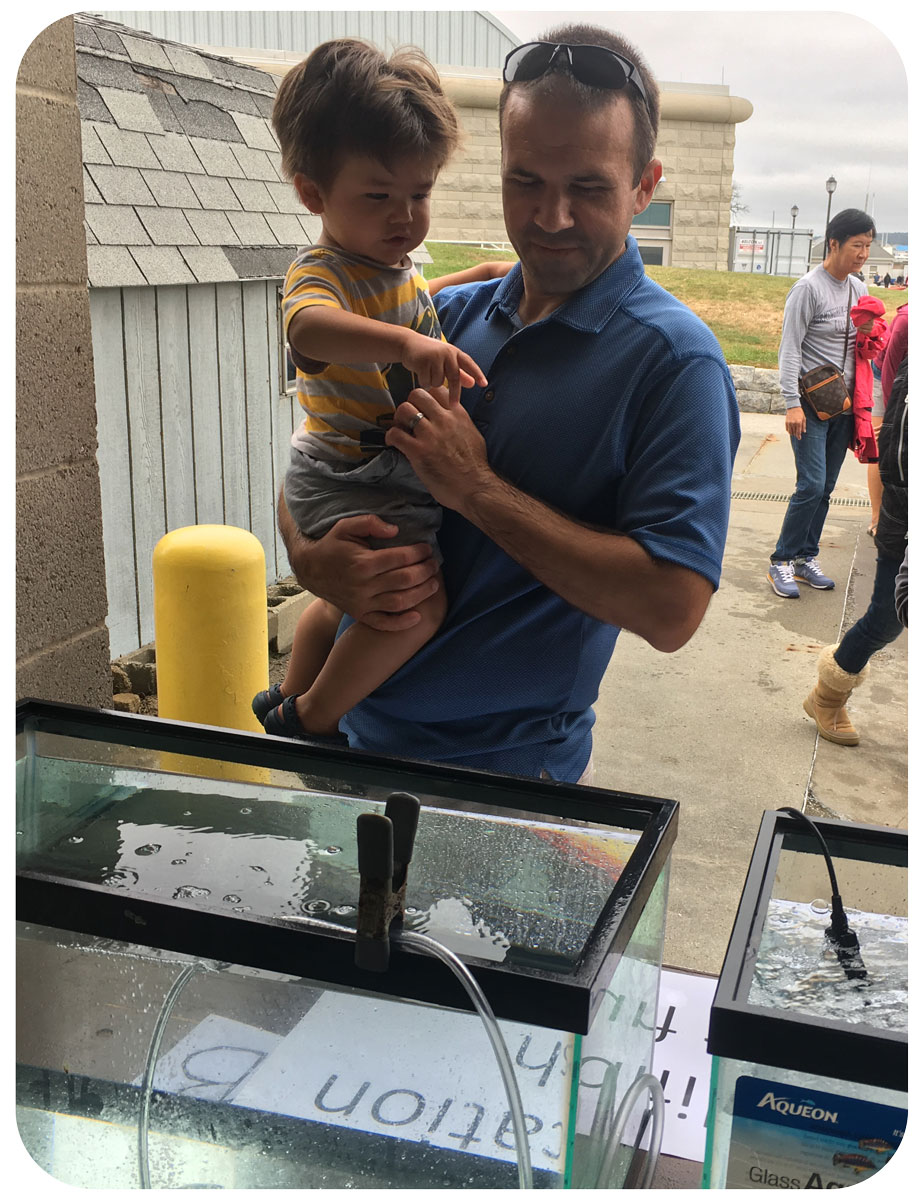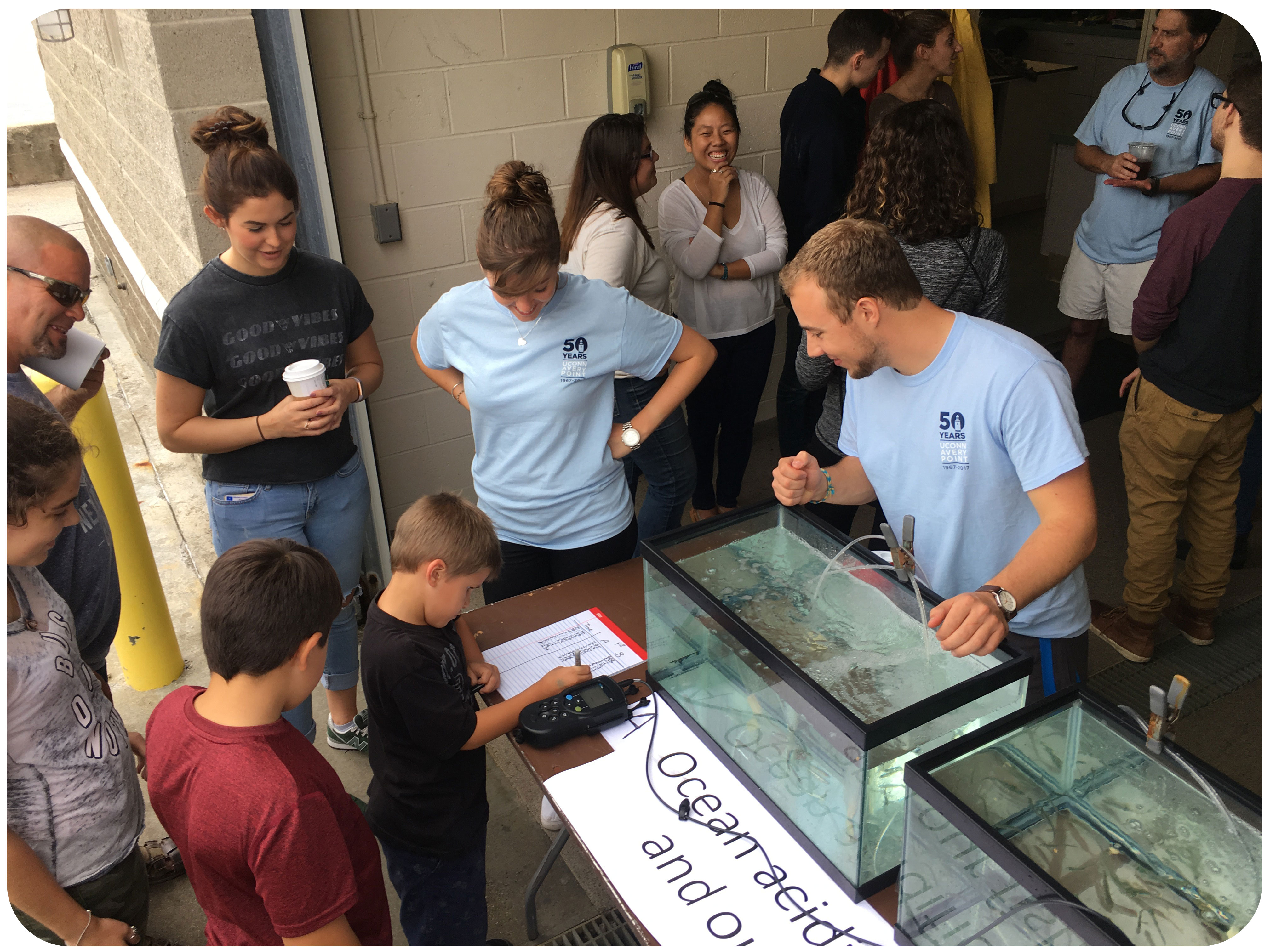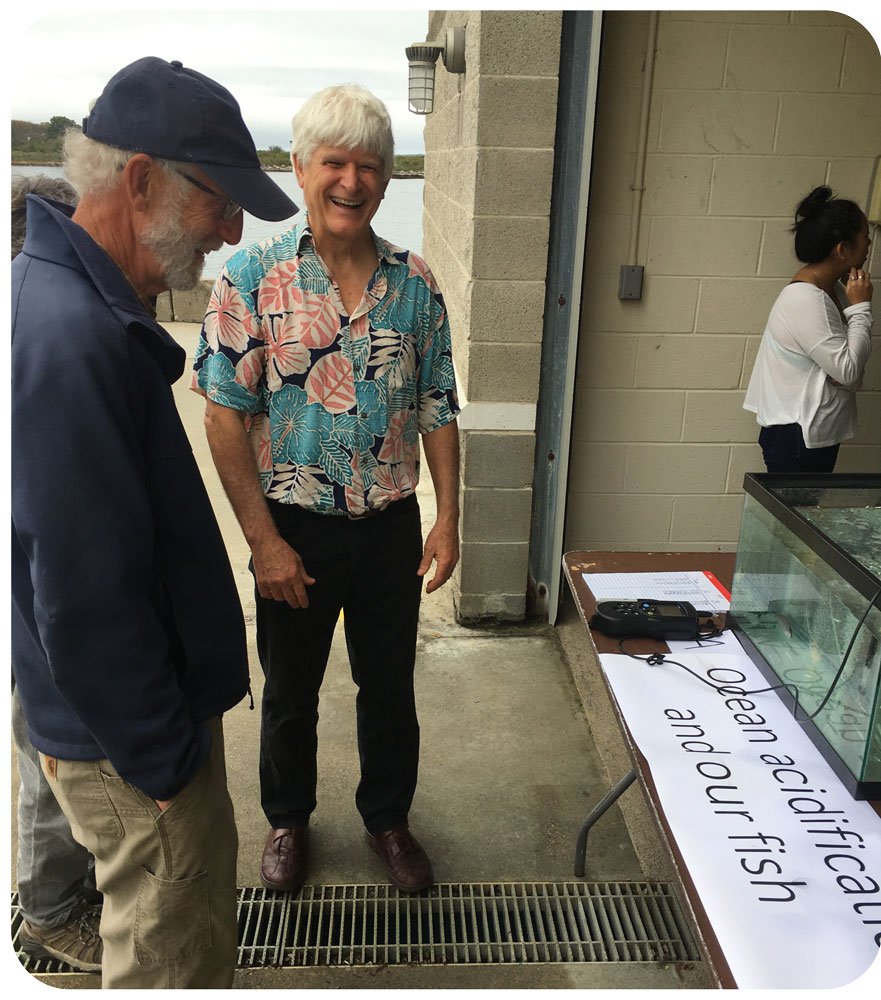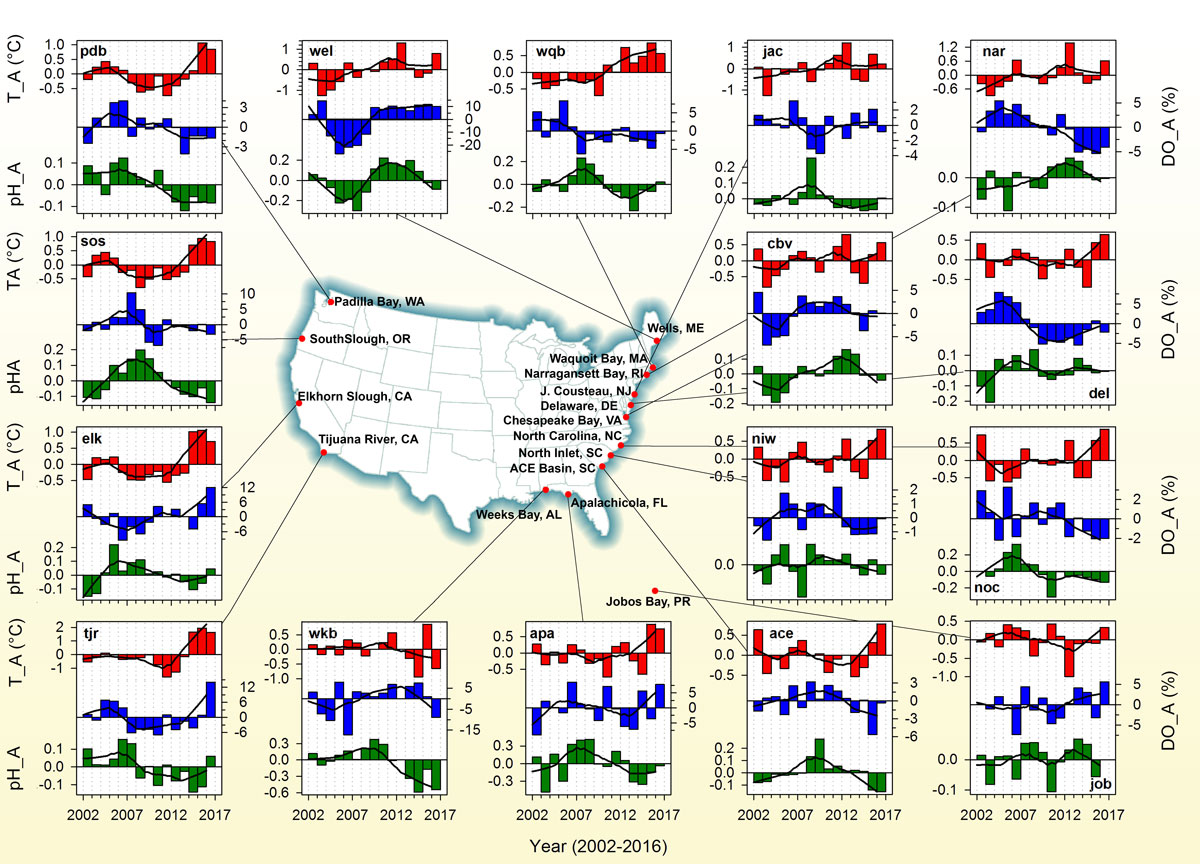Our lab manned a table outside the Rankin Lab, telling people about the nearshore fish community, the phenomenon of ocean acidification and the measurement of pH in water. Everybody chipped in, thanks!
Hannes also premiered reciting Dr. Seuss’ “The Lorax” in front of young and old in the AP auditorium.
Check out some of the fun around the “Ocean Acidification and our fish” table:









